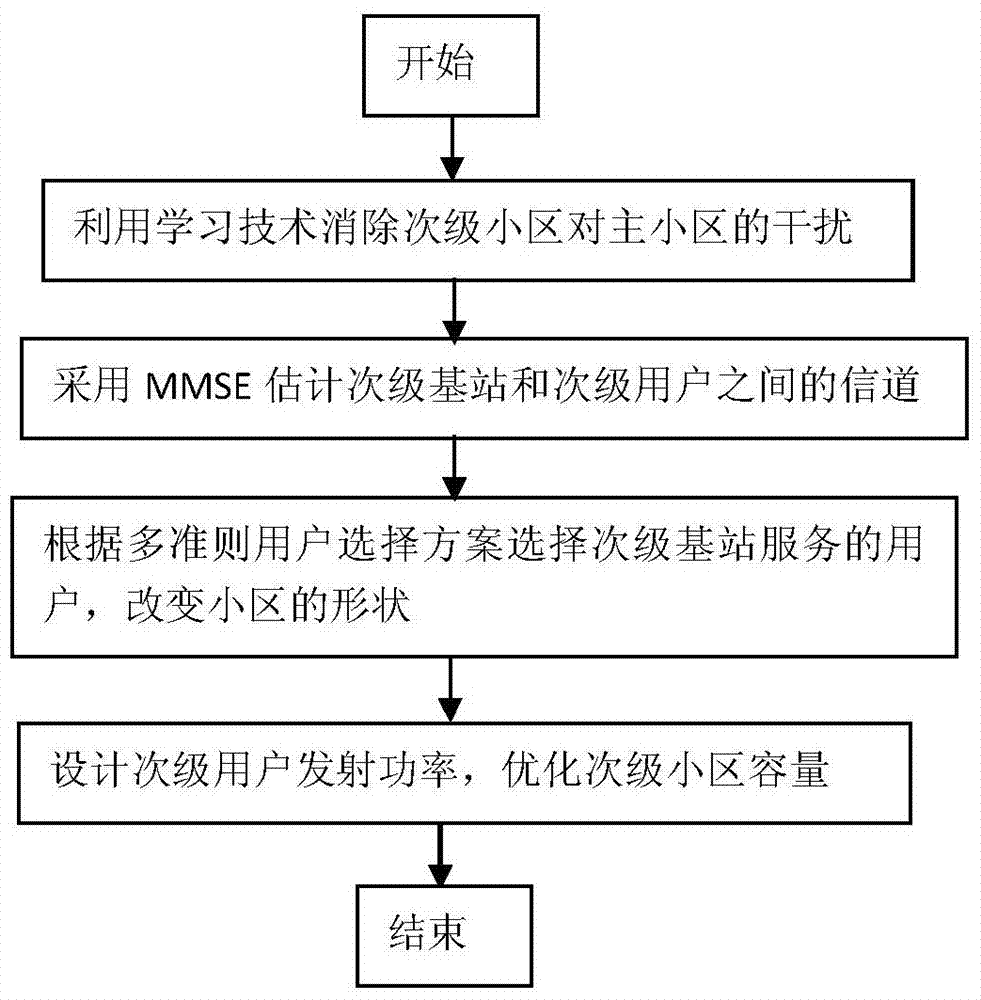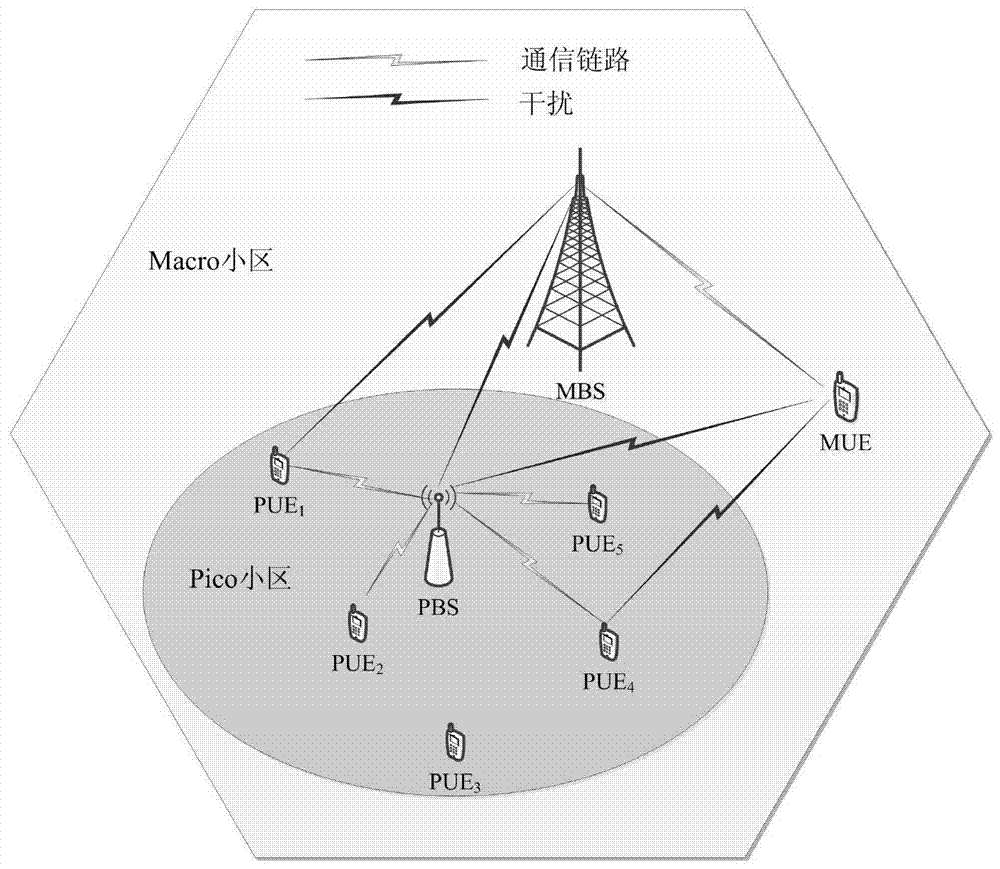A learning-based method for multi-criteria user selection in amorphous cells
An amorphous cell and user technology, applied in wireless communication, electrical components, network planning, etc., can solve problems such as large differences in user fairness, decreased system throughput, and small base station coverage, to maximize system capacity, Realize the effect of dynamic adjustment and flexible change
- Summary
- Abstract
- Description
- Claims
- Application Information
AI Technical Summary
Problems solved by technology
Method used
Image
Examples
Embodiment Construction
[0043] In order to make the object, technical solution and advantages of the invention clearer, the embodiments of the invention will be described in detail below in conjunction with the accompanying drawings. This embodiment is carried out on the premise of the technical solution of the invention, and the detailed implementation and specific operation process are given, but the protection scope of the present invention is not limited to the following embodiments.
[0044] A traditional cellular network is composed of macro cells, and the coverage radius of each cell is about 1km to 25km. In a macro cell, there are generally two types of micro areas. One is the "blind spot", which is a shadow area caused by obstacles encountered during the propagation of mobile radio waves. The communication quality in this area is seriously bad, such as subways and basements; the other is "hot spots", which are caused by uneven distribution of space services. Busy business areas, such as bus...
PUM
 Login to View More
Login to View More Abstract
Description
Claims
Application Information
 Login to View More
Login to View More - R&D
- Intellectual Property
- Life Sciences
- Materials
- Tech Scout
- Unparalleled Data Quality
- Higher Quality Content
- 60% Fewer Hallucinations
Browse by: Latest US Patents, China's latest patents, Technical Efficacy Thesaurus, Application Domain, Technology Topic, Popular Technical Reports.
© 2025 PatSnap. All rights reserved.Legal|Privacy policy|Modern Slavery Act Transparency Statement|Sitemap|About US| Contact US: help@patsnap.com



